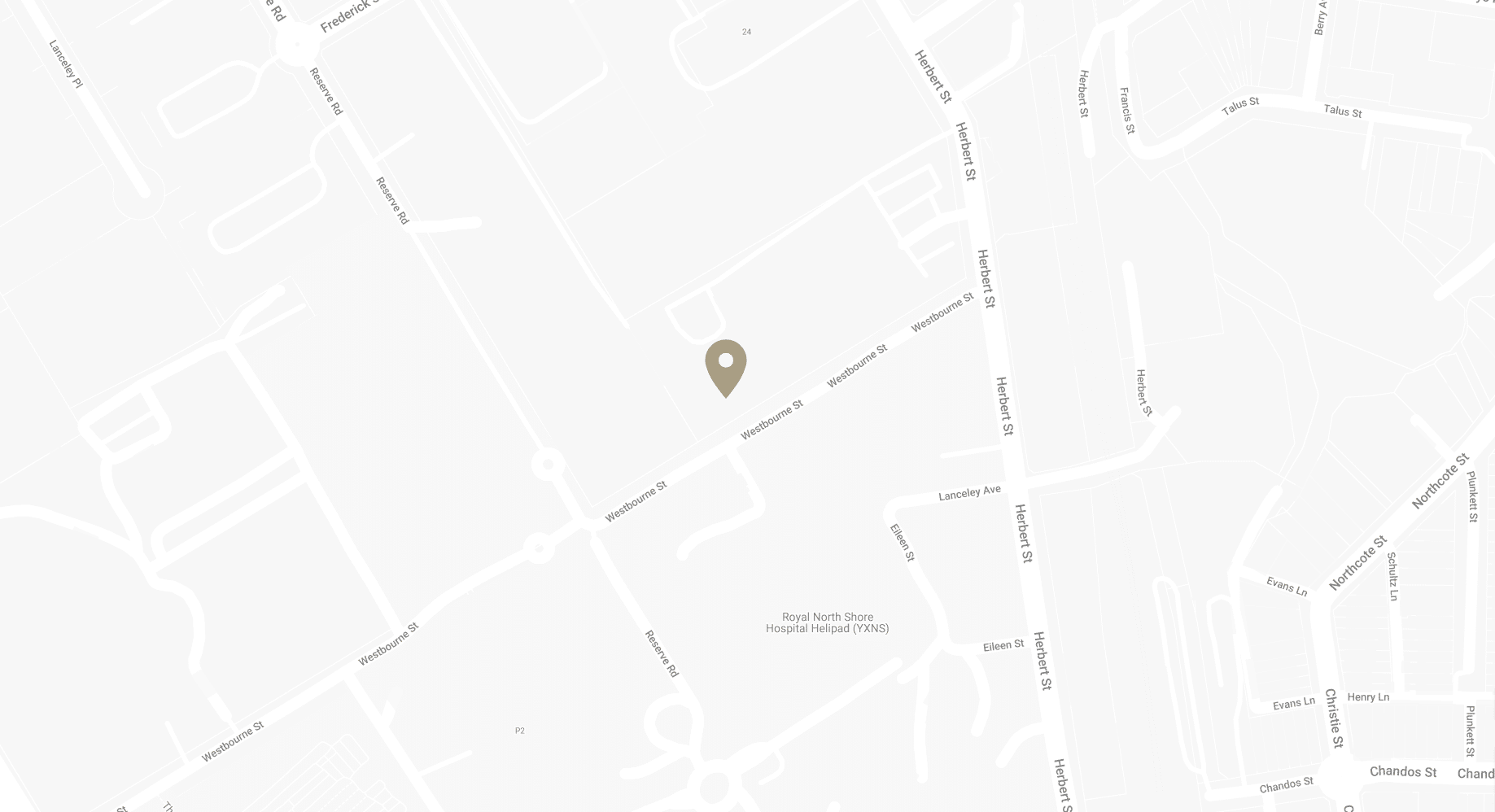The Right Time and Method to Resume Exercise after Breast Augmentation
A common question is “When can I exercise after Breast Enlargement Surgery?” Breast augmentation aims to change the size and shape of the breasts using implants or fat transfer. For women considering the procedure it’s crucial to understand that breast augmentation is a significant operation that requires careful planning and recovery. As with any surgery, recuperation is crucial to the success of the procedure. It’s important to prioritise your health and recovery to ensure optimal results. One of the aspects to consider during your recovery is when and how to resume physical activity, including exercise, after breast augmentation.
Maintaining a healthy lifestyle, including regular exercise, is essential for overall well-being. However, after undergoing breast augmentation, you need to be cautious about when to return to your workout regime, as premature exercise can pose risks to your recovery and surgical results.
In this blog, Sydney Specialist Plastic Surgeon Dr Bish Soliman will discuss the right time and method to get back to exercise after undergoing a breast augmentation surgery.
Download Dr Bish Soliman Cosmetic Breast Surgery Guide

What Is the Recovery Process after Breast Augmentation?
Recovery after breast augmentation is an individualised process that varies from person to person. Immediately following surgery, you’ll likely experience tenderness, swelling, and bruising. Over time, these symptoms will gradually subside, and you will begin to see the new contour and size of your breasts.
Dr Bish Soliman will provide personalised instructions on wound care, pain management, and physical restrictions during recovery. It’s crucial to adhere to these guidelines to facilitate healing and prevent complications. One of these guidelines will include when to resume exercise after breast augmentation.
Resuming physical activity is a gradual process. Initially, gentle movements and light walking are encouraged to promote blood circulation and prevent blood clots. Keep in mind that strenuous workouts, particularly those involving the upper body, should be avoided until Dr Soliman gives the green light.
When to Exercise After Breast Enlargement Surgery?
The timeline for resuming exercise after breast enlargement surgery varies depending on the patient and the specifics of the surgery. Here is a general timeline that can be outlined for different types of exercises:
- Light Cardio (e.g., Walking, Cycling)
In the immediate post-op phase (Days 1-7) make sure to avoid any form of cardio. Focus on rest and recovery. Gradual walking is encouraged for weeks 1-2. Start with short, gentle walks and gradually increase the duration as comfort allows. You may increase the pace and duration of your walks in weeks 3 and 4 after your breast augmentation. Light cycling on a stationary bike is often permissible, avoiding any vigorous movements or resistance.
- Stretching
In the first and second week post-op, gentle stretching exercises, avoiding the upper body, can be started, focusing on areas like the legs and lower back. During week 3 and 4, the patient can gradually incorporate more extensive stretching, still being cautious of the chest area. Avoid any stretches that pull or put pressure on the breasts.
- Strength Training
It’s generally advised to avoid strength training during the first month post-surgery to prevent strain on the surgical area. Starting with week 5, light strength training can be reintroduced, starting with lower body exercises such as leg presses or squats with minimal weight. Depending on your recovery and with Dr Soliman’s approval, you can gradually start incorporating light upper body exercises from week 6. Begin with low weights and avoid exercises that directly impact the chest muscles, like chest presses or push-ups.
- High-Impact Exercises (e.g., Running, Aerobics)
Avoid high-impact exercises as they can cause discomfort and increase swelling in the first month after breast augmentation surgery. Depending on how you feel, you may start with light jogging in week 6 or 7. Pay attention to how your body and particularly your chest feels during and after the activity. If there’s no discomfort, you can gradually increase the intensity and duration of high-impact exercises from week 8.
- Swimming
Avoid swimming during the first month of recovery as it involves extensive use of the chest muscles and poses a risk of infection to the surgical site. You may start swimming with gentle breaststrokes, avoiding vigorous or extensive upper body movements after week 8.
It’s important to remember that these are general guidelines and individual recovery rates and experiences can vary.
Guidelines for Resuming Exercise after Breast Augmentation
When you’re given the green light to reintroduce exercise after breast augmentation, it’s essential to follow certain guidelines to protect your surgical results and promote healing.
Like mentioned before, start slow and gradually increase the intensity of your workouts. This approach allows your body to adapt and prevents undue strain on your healing breasts. Another recommendation is to avoid exercises that directly engage your chest muscles initially. Activities like push-ups, chest presses, and heavy lifting can exert pressure on the augmented breasts, potentially leading to complications.
Keep in mind that it is to wear a supportive sports bra during workouts. The right sports bra provides adequate support and reduces movement of the breasts during exercise, minimising discomfort and strain.
Best Exercises after Breast Augmentation
While high-impact exercises and those that engage the chest muscles should be avoided initially, certain exercises can be beneficial during the recovery phase. Here are some recommended exercises:
Lower Body Exercises:
- Leg Lifts: Lie on your back and slowly lift one leg at a time, keeping your movements controlled. This exercise strengthens your thigh muscles without putting pressure on your chest.
- Lunges: Start with basic lunges to work your glutes and thighs. Ensure your form is correct to avoid any unnecessary strain on your upper body.
- Light Squats: Begin with bodyweight squats, keeping the motion shallow to start with. As you gain strength and confidence, you can gradually deepen the squat.
Light Cardio Workouts:
- Cycling: Stationary bikes are a great option. Start with a low resistance setting and a comfortable pace. Cycling helps in enhancing your leg strength and overall stamina.
- Elliptical Trainer: This is a low-impact cardio exercise that can elevate your heart rate without jarring your upper body. Keep the resistance low to start and focus on a smooth, steady pace.
Stretching Exercises:
- Arm and Shoulder Stretches: With gentle arm movements, you can maintain flexibility in your upper body. Be mindful not to stretch to the point of discomfort in your chest area.
- Yoga: Certain yoga poses, especially those focusing on the lower body and core, can be beneficial. Avoid poses that require chest pressure or extensive upper body strength.
- Neck and Back Stretches: Gentle neck rolls and lower back stretches can help alleviate tension that may build up due to limited upper body movement.
Core Strengthening:
- Pelvic Tilts: These can be done lying on your back. They engage your abdominal muscles gently and help in maintaining core strength.
- Modified Planks: Start with a plank position on your knees, ensuring not to put pressure on your chest. This exercise helps in strengthening your core and lower back.
Balance Exercises:
- Standing Leg Raises: These help in improving your balance and core stability. Stand next to a chair for support and slowly raise one leg to the side, then lower it back down.
- Heel-to-Toe Walk: This simple exercise improves your balance and coordination, which can be beneficial during your recovery period.
Precautions for Exercise after Breast Augmentation
While exercise is beneficial, certain precautions need to be taken when resuming physical activity after breast augmentation.
Avoid high-impact exercises and activities that put pressure on your chest until Dr Soliman gives the all-clear. Also, ensure you’re wearing a supportive sports bra during workouts to minimise movement and provide comfort.
If you experience any unusual symptoms such as severe pain, increased swelling, or changes in the shape or position of your breasts during or after exercise, seek medical attention immediately. These could be signs of a complication.
Benefits of Exercise after Breast Augmentation
Resuming exercise after breast augmentation can have several benefits. Regular physical activity can help reduce post-operative swelling, enhance circulation, and improve your mood. Exercise also aids in maintaining a healthy weight, which is crucial for overall health and well-being. In the long term, regular exercise can help maintain the results of your breast augmentation.
Possible Risks of Premature Exercise after Breast Augmentation
Resuming exercise prematurely after breast augmentation can pose risks. High-impact activities or strenuous workouts too soon can lead to complications such as implant displacement, increased swelling, and prolonged recovery.
It can also raise the risk of capsular contracture, a condition where the scar tissue around the implant hardens, causing discomfort and changes in breast shape. Therefore, it’s important to follow Dr Bish Soliman’s guidelines on when and how to resume exercise safely after breast augmentation.
FAQs about Exercise after Breast Enlargement Surgery
What to expect 6 weeks post-op breast augmentation?
- Six weeks after breast augmentation surgery, most patients have passed the initial recovery phase. By this time, the majority of swelling and bruising has significantly reduced, and incisions are typically well-healed. You should have a more accurate impression of your final breast size and shape. It’s also common to feel more comfortable with the implants, as they start to settle into their position. However, it’s important to continue following any specific guidelines provided by Dr Soliman, as the internal healing process is still ongoing.
Can I do push-ups with breast implants?
- Yes, you can do push-ups with breast implants, but it’s crucial to wait until Dr Soliman gives you the go-ahead. This is after a full recovery period, as push-ups heavily engage the chest muscles and can strain the surgical area if done too soon. Once you’re cleared, start with modified push-ups and gradually progress to standard ones, paying close attention to any discomfort or unusual symptoms in the breast area.
How soon after breast enlargement surgery can I run?
- The timeline for resuming running after breast enlargement surgery varies, but many patients are able to start light jogging or running around 6-8 weeks post-operation, with Dr Soliman’s clearance. It’s essential to begin slowly and see how your body responds. Wearing a supportive sports bra during these activities is crucial to minimise movement and provide adequate support to the new implants.
Is it OK to walk on a treadmill after breast augmentation?
- Walking on a treadmill is generally considered a safe, low-impact activity that can be resumed relatively soon after breast augmentation, often within the first week post-surgery. However, it’s important to start with a gentle pace and gradually increase intensity, ensuring that there’s no discomfort or strain on the chest area. Always follow Dr Soliman’s specific recommendations regarding the intensity and duration of any post-operative exercise.
When can I lift weights after breast implants?
- Lifting weights after breast implant surgery requires a waiting period to ensure proper healing. Most patients are advised to wait at least 8 weeks before reintroducing weight lifting. When you do start, it’s important to begin with lighter weights and gradually increase the load as your comfort and strength improve. Focus on lower body exercises initially and slowly incorporate upper body workouts, being mindful of any strain on the chest and surgical areas. As always, personal guidance from Dr Soliman is crucial for a safe and effective return to weight lifting.
Further Reading about Breast Augmentation with Dr Bish Soliman
- Read Dr Bish Soliman’s Breast Augmentation Surgery Page
- Read Dr Bish Soliman’s Blog about What Is Dropping and Fluffing after Breast Augmentation?
- Read Dr Bish Soliman’s Blog about The Rise of Small Breast Implants
- Read Dr Bish Soliman’s Blog about Solutions for Breasts that Lack Volume after Weight Loss
- Read Dr Bish Soliman’s Blog about Perfect Breasts – The Pursuit of Aesthetic Excellence



